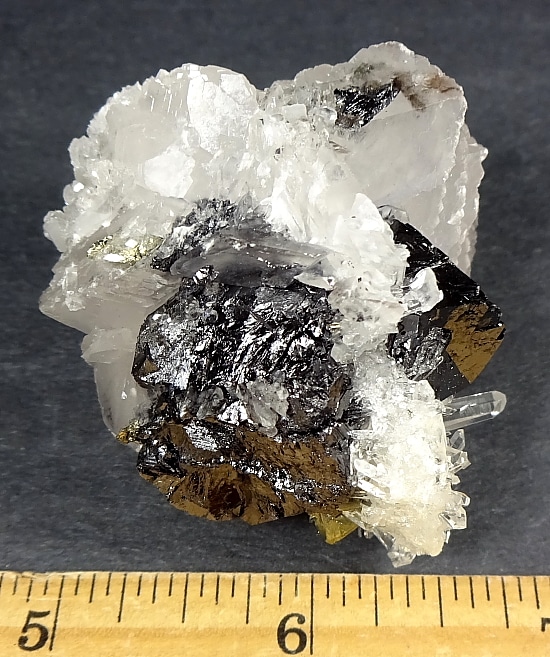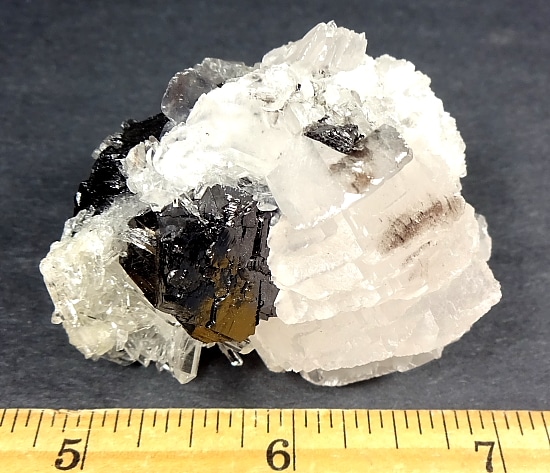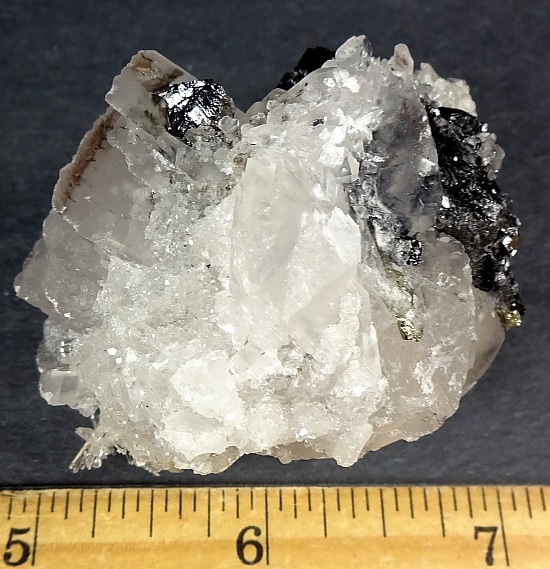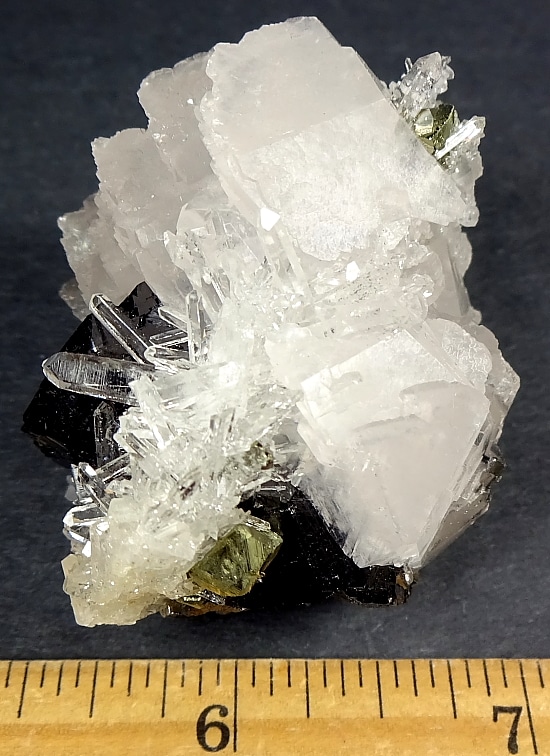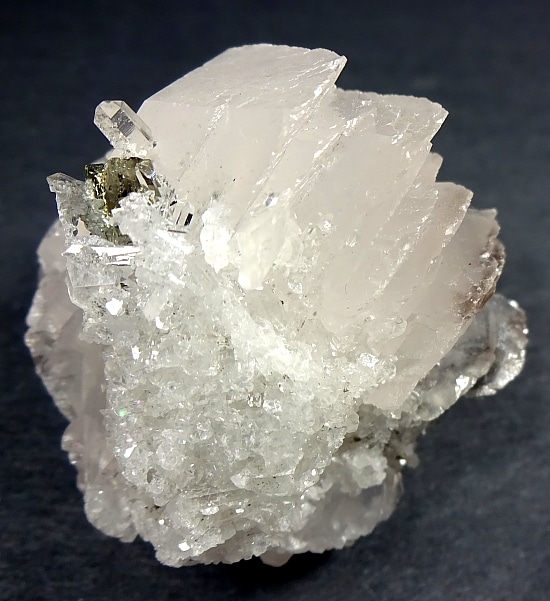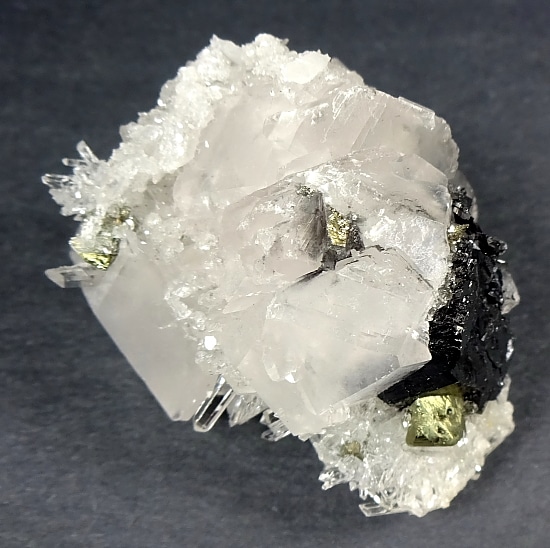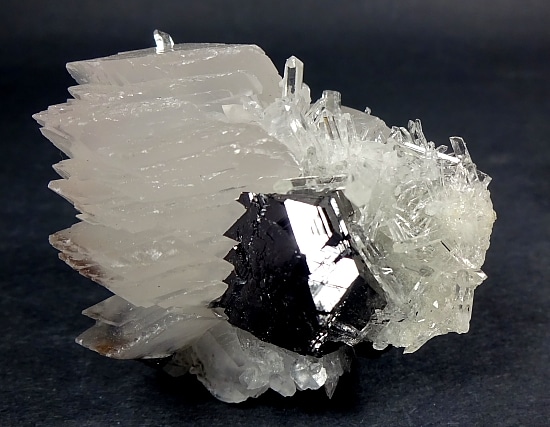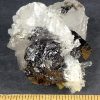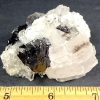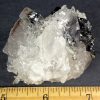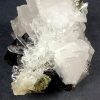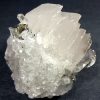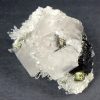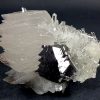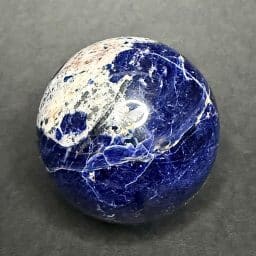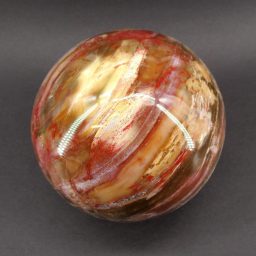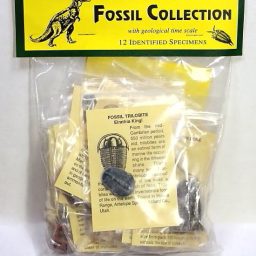Description
Sphalerite is a mineral that is the chief ore of Zinc. It consists mainly of Zinc Sulfide in crystalline form but almost always contains valuable Iron. When the Iron content is high, it is an opaque black variety called Marmatite. It is usually found in association with Galena, Pyrite, Calcite, Dolomite and Fluorite. It is usually yellow, brown or gray to gray-black in color and may have a shiny or dull luster or sheen.
Quartz is the second most common mineral in the Earth’s continental crust. It is mainly composed of Silica or Silica based minerals. Although Quartz is known by a variety of names, the most important distinction between types of Quartz is that of macro-crystalline, individual crystals visible to the unaided eye, and micro-crystalline, where aggregates of crystals are only visible under high magnification. There are many forms of Quartz including Chalcedony, Amethyst, Citrine, and Carnelian which are results of mineral impurities or heat treatments.
Calcite is a Carbonate mineral that is most widely distributed on the Earth’s surface. It is a common constituent of sedimentary rocks with Limestone in particular. A Calcite formation can take on many different shapes and sizes which is dependent on the location, ground water occurrence and temperature. Calcite is usually white or colorless but can be gray, red, yellow, green, blue, violet, brown or black. The deeper the color is usually indicative of the definitive impurities from the earth or water.
Pyrite, or Iron Pyrite, is an Iron sulfide with isometric Crystals that usually appear as cubes. It is brittle and can break or powder easily. Its metallic luster and brass yellow hue have earned it the nickname of “fool’s gold” due to many miners mistaken it for the real thing. Ironically, small quantities of actual gold are sometimes found in Pyrite. It is the most common of the sulfide minerals and is usually found with other sulfides or oxides in Quartz veins, sedimentary or metamorphic rocks.
